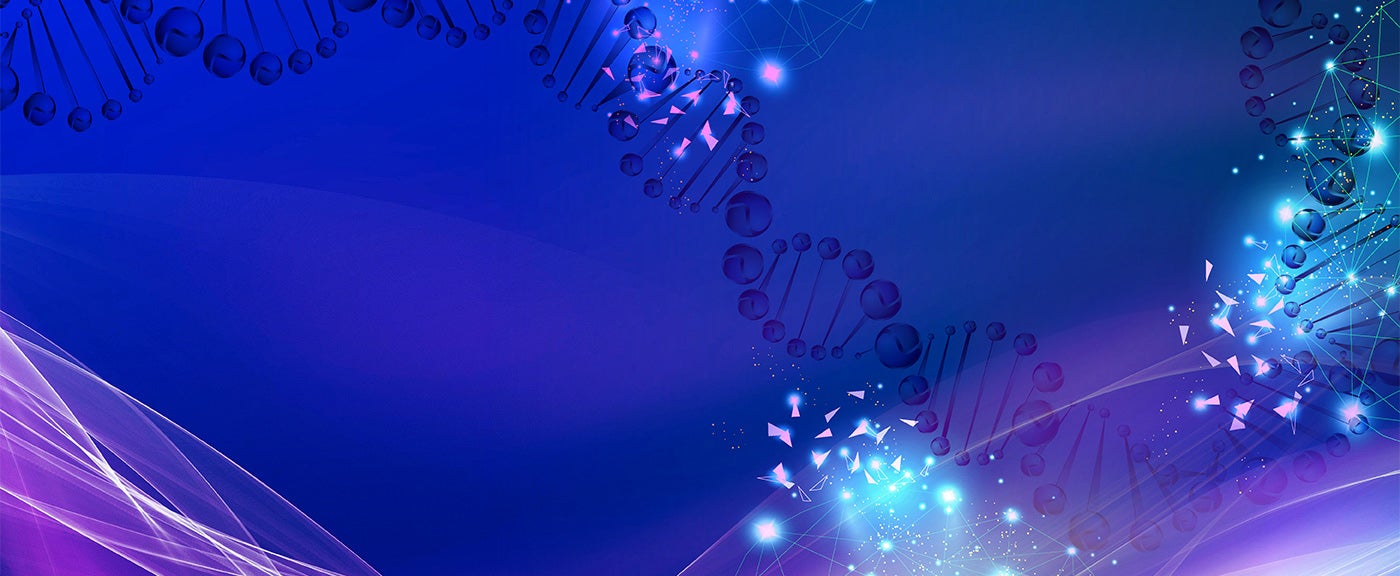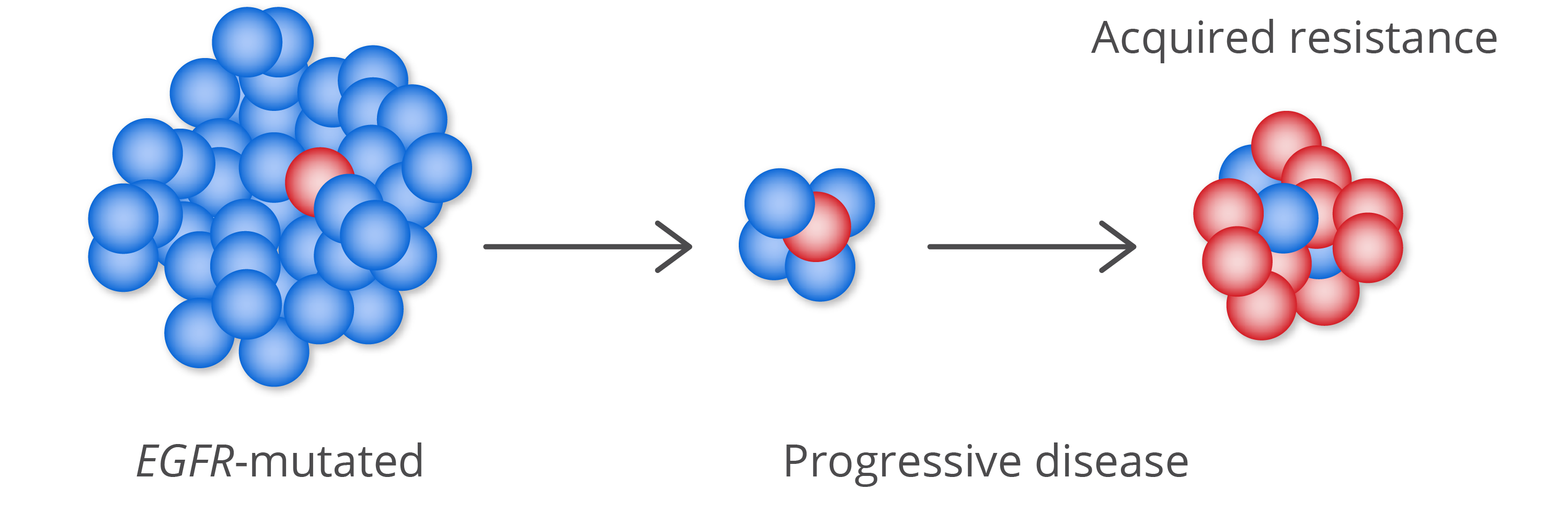
The scope of resistance mechanisms in EGFR+ NSCLC1,2
Primary and secondary resistance mechanisms1
Multiple mutational mechanisms for both primary and secondary resistance in the EGFR gene have been identified in patients with advanced NSCLC.1
Primary resistance is defined as failure of first EGFR TKI therapy. Secondary acquired resistance is defined as systemic progression after a complete or partial response, or ≥6 months of stable disease following treatment with EGFR TKI therapy.1
Both primary intrinsic resistance and secondary acquired resistance mechanisms include the presence of the following EGFR mutations:1
Exon 19 mutation L747S
Exon 19 mutation D761Y
Exon 20 mutation T790M
Exon 21 mutation T854A
Approximately 50% of patients develop acquired resistance to EGFR TKI therapy due to emergence of the T790M mutation1

Adapted from Yoneda et al. 2019.2
LEARN ABOUT HOMOGENEOUS MUTATIONS
EGFR(+): epidermal growth factor receptor (positive); TKI: tyrosine kinase inhibitor.
- Zhong WZ, et al. The resistance mechanisms and treatment strategies for EGFR-mutant advanced non-small-cell lung cancer. Oncotarget. 2017;8:71358–70.
- Yoneda K, et al. Treatment of non-small cell lung cancer with EGFR-mutations. J UOEH. 2019;41:153–163.
